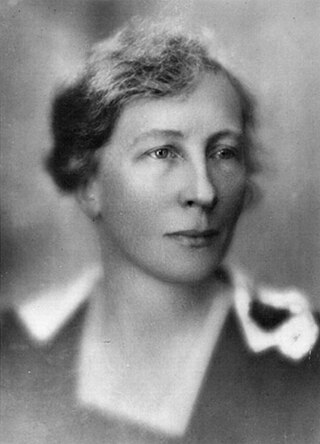
Lillian Evelyn Gilbreth was an American psychologist, industrial engineer, consultant, and educator who was an early pioneer in applying psychology to time-and-motion studies. She was described in the 1940s as "a genius in the art of living."
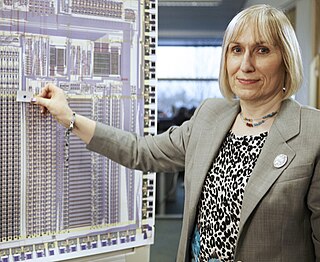
Sophie Mary Wilson is an English computer scientist, a co-designer of the Instruction Set for the ARM architecture.

Sheffield Hallam University (SHU) is a public research university in Sheffield, South Yorkshire, England. The university is based on two sites; the City Campus is located in the city centre near Sheffield railway station, while the Collegiate Crescent Campus is about two miles away in the Broomhall Estate off Ecclesall Road in south-west Sheffield. A third campus at Brent Cross Town in the London Borough of Barnet is expected to open for the 2025–26 academic year.
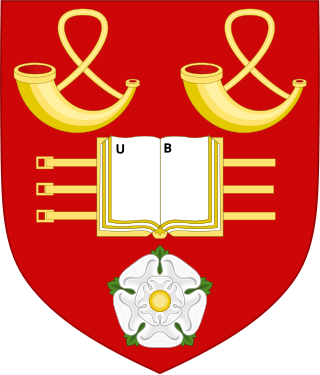
The University of Bradford is a public research university located in the city of Bradford, West Yorkshire, England. A plate glass university, it received its royal charter in 1966, making it the 40th university to be created in Britain, but can trace its origins back to the establishment of the industrial West Yorkshire town's Mechanics Institute in 1832.

Cochin University of Science and Technology (CUSAT) is a state government-owned autonomous university in Kochi, Kerala, India. It was founded in 1971 and has three campuses: two in Kochi and one in Kuttanad, Alappuzha, 66 km (41 mi) inland.
Nancy Ann Lynch is a computer scientist affiliated with the Massachusetts Institute of Technology. She is the NEC Professor of Software Science and Engineering in the EECS department and heads the "Theory of Distributed Systems" research group at MIT's Computer Science and Artificial Intelligence Laboratory.
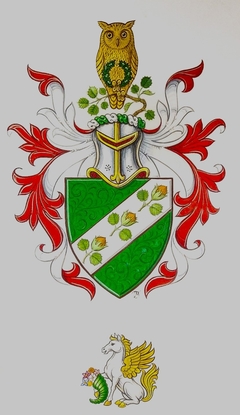
Swansea Metropolitan University is a former university based in Swansea, Wales, UK. The university merged with, and became a constituent campus of, the University of Wales Trinity Saint David on 1 August 2013.
Willis Jackson, Baron Jackson of Burnley FRS was a British technologist and electrical engineer.
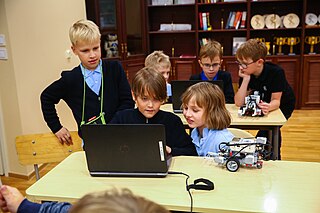
Computer science education or computing education is the field of teaching and learning the discipline of computer science, and computational thinking. The field of computer science education encompasses a wide range of topics, from basic programming skills to advanced algorithm design and data analysis. It is a rapidly growing field that is essential to preparing students for careers in the technology industry and other fields that require computational skills.
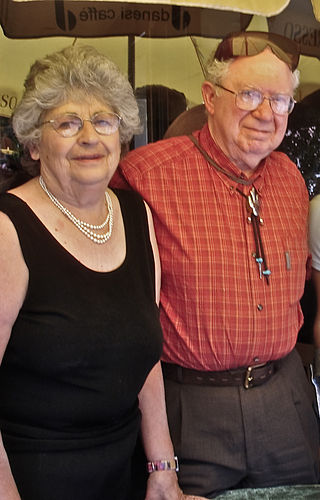
Thelma Estrin was an American computer scientist and engineer who did pioneering work in the fields of expert systems and biomedical engineering. Estrin was one of the first to apply computer technology to healthcare and medical research. In 1954, Estrin helped to design the Weizmann Automatic Computer, or WEIZAC, the first computer in Israel and the Middle East, a moment marked as an IEEE Milestone in Electrical and Computer Engineering. She was professor emerita in the Department of Computer Science, University of California at Los Angeles (UCLA).

The history of women in engineering predates the development of the profession of engineering. Before engineering was recognized as a formal profession, women with engineering skills often sought recognition as inventors. During the Islamic Golden Period from the 8th century until the 15th century there were many Muslim women who were inventors and engineers, such as the 10th-century astrolabe maker Al-ʻIjliyyah.
Margaret R. Taber was a pioneer for women in engineering. She was an electrical and electronics engineering educator. She was the author of several nonfiction books and articles on computer programming. She has had computer labs named in her honor. She has established scholarships in her name.
Gillian Lovegrove is a retired computer scientist and academic. She was Dean of the School of Informatics at Northumbria University, president of the Conference of Professors and Heads of Computing and was Higher Education consultant to the British Computer Society and manager of its Education and Training Forum. She is known for her interest in gender imbalance in computer education and employment, and her public discussion of possible solutions to a shortage of information technology graduates in the UK.

Gender disparity in computing concerns the disparity between the number of men in the field of computing in relation to the lack of women in the field. Originally, computing was seen as a female occupation. As the field evolved, so too did the demographics, and the gender gap shifted from female dominated to male dominated. The believed need for more diversity and an equal gender gap has led to public policy debates regarding gender equality. Many organizations have sought to create initiatives to bring more women into the field of computing.
Cynthia Bailey Lee is a lecturer in Computer Science at Stanford University from Palo Alto, California. Her research interests are in computer science pedagogy and the flipped classroom approach. She has advocated for the greater inclusion of women and minorities in computer science, and is known for her "ladysplaining" article addressing the author of the controversial Google memo.

Andrea Goldsmith is an American electrical engineer and the Dean of Engineering and Applied Science at Princeton University. She is also the Arthur LeGrand Doty Professor of Electrical Engineering at Princeton. She was previously the Stephen Harris Professor in the School of Engineering at Stanford University, as well as a faculty affiliate at the Stanford Neurosciences Institute. Her interests are in the design, analysis and fundamental performance limits of wireless systems and networks, and in the application of communication theory and signal processing to neuroscience. She also co-founded and served as chief technology officer of Plume WiFi and Quantenna Communications. Since 2021, she has been a member of the President’s Council of Advisors on Science and Technology (PCAST).

Gertrude Maretta Paul was a teacher and advocate for the British Caribbean community in Yorkshire.

The School of Engineering, Trinity College Dublin is the oldest engineering school in Ireland and one of the oldest in the world. It provides undergraduate, taught postgraduate and research degrees in engineering. It is the highest-ranked engineering school in Ireland by QS Rankings and by Times World University Rankings.
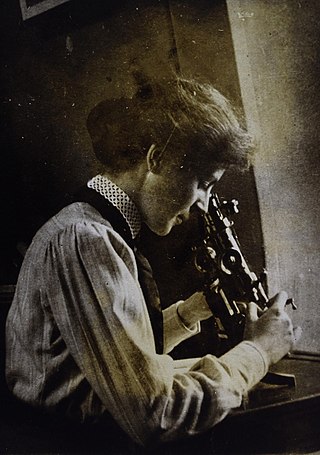
Mary Kingdon Heslop (1885–1955) was an Egyptian-born geologist and geographer. She was the first woman lecturer in geography at Leeds University, and one of the first women Fellows of the Geological Society of London.














